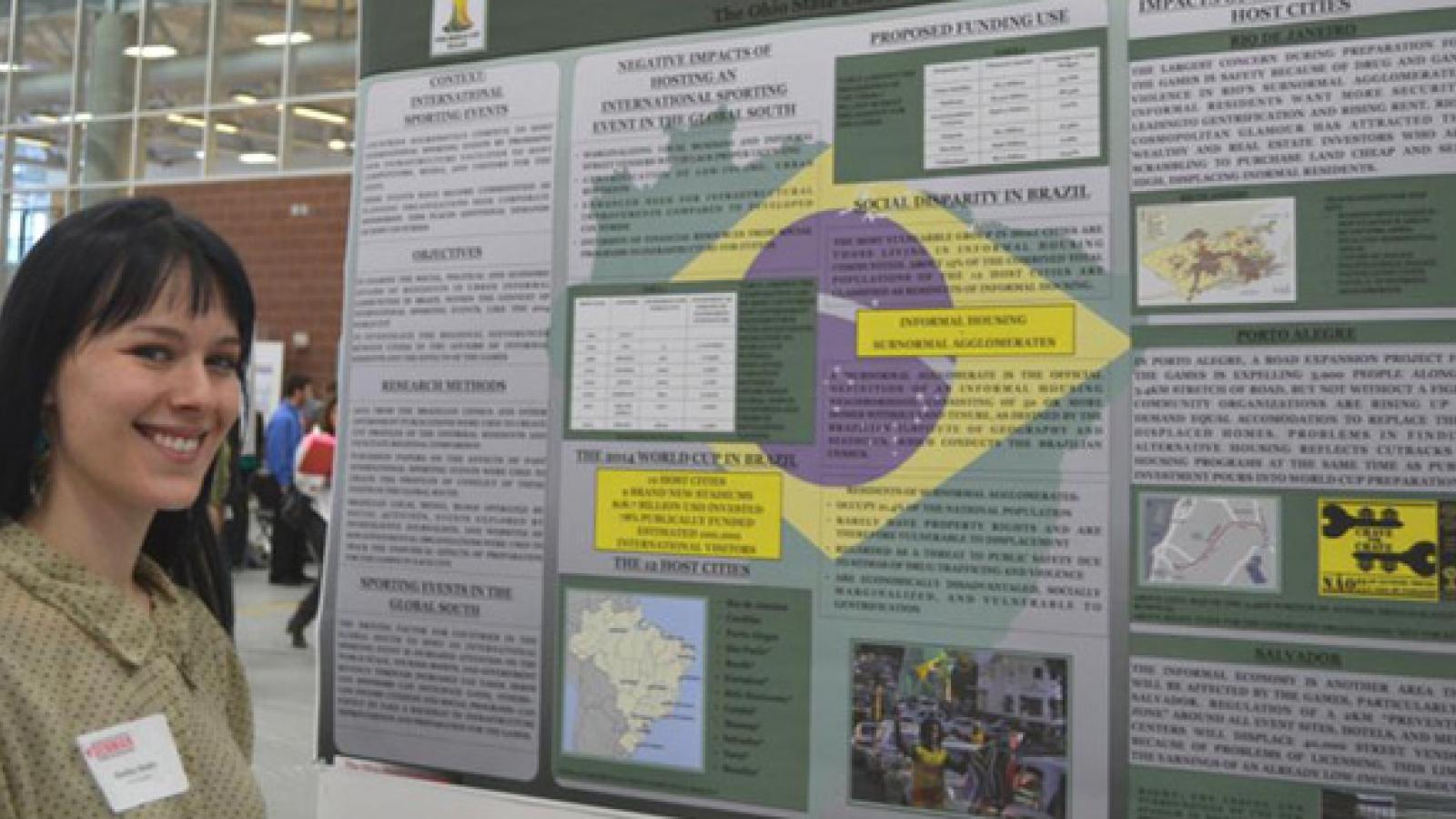Variances in the Brazilian Favela
Presenter: Shelby Stults (Globalization Studies)
Advisor: Prof. Kevin Cox (Geography)
Project
Informal housing in Brazil, sometimes called favelas, grotas, or baixadas, and identified in the country's census as housing in "sub-normal agglomerates" has long been a part of the urban fabric there and a focus of academic interest. On the other hand, although subnormal agglomerates are characteristic of urban Brazil as a whole, there exists little research on them outside of São Paulo or Rio de Janeiro, even while housing conditions are often worse. Further investigation into these regional variations will assist in a more complete understanding of informal housing of Brazil as a whole. Data from the Brazilian census and other academic publications were used to provide the basis for statistical comparisons of favela conditions across 20 different cities.
Two regional groupings of cities emerge: one in the northeast and one in the southeast. This contrast raises a number of important questions. In the poorer, northeastern cities the proportion of the population living under favela conditions is higher. This puts the spotlight on Brazilian housing policy and its shortcomings, and these are explored. Another major issue has been the reluctance of cities to provide favela dwellers with private property rights. This may be because of a reluctance to provide them with the city services entailed by that concession. Part of these politics includes the advantages private utility companies gain if the favelas are not part of the city.
The question remains why these factors might have been more apparent in northeastern cities.

